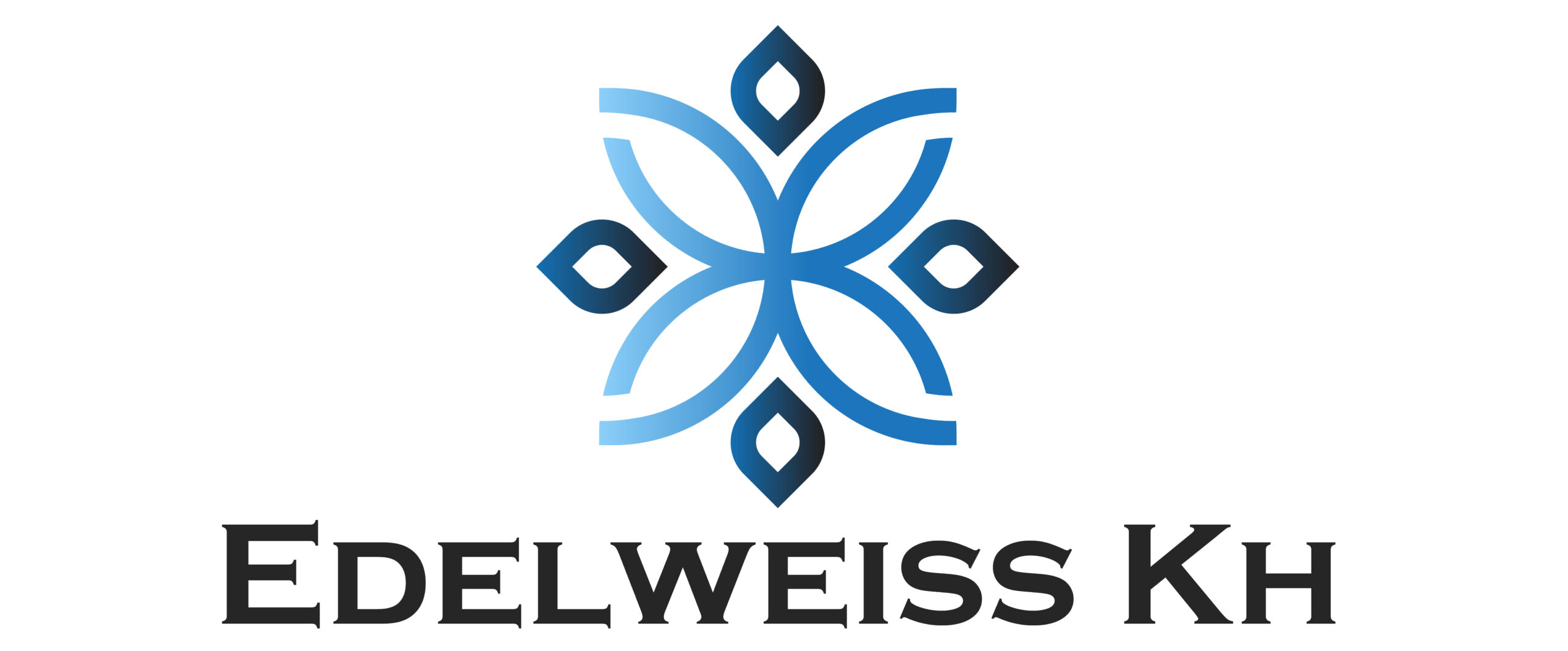Did you know that lead paint was commonly used in homes and buildings constructed before 1978? As a result, many older properties may still contain lead-based paint, which poses serious health risks, especially to children and pregnant women. If you suspect that your home or property contains lead paint, it’s essential to understand the process of lead paint removal to ensure the safety of occupants and compliance with regulations. In this blog, we’ll explore the steps involved in lead paint abatement in Brooklyn NY.
Assessment and Inspection
The first step in the lead paint removal process is a comprehensive assessment and inspection of the property to determine the presence and extent of lead paint hazards. Certified inspectors use specialized techniques, such as X-ray fluorescence (XRF) testing and paint chip sampling, to identify areas with lead-based paint. This initial assessment provides crucial information for developing an effective Lead paint abatement in bronx plan tailored to the specific needs of the property.
Risk Assessment and Planning
Once lead paint hazards are identified, a risk assessment is conducted to evaluate the potential health risks to occupants and determine the appropriate course of action. Based on the findings of the assessment, a lead paint removal plan is developed, outlining the methods and procedures to be employed during remediation. This plan includes considerations for containment, worker protection, waste disposal, and post-remediation testing to ensure that the property is safe for occupancy.
Containment and Safety Measures
During lead paint removal near you, stringent containment and safety measures are implemented to minimize the spread of lead dust and protect workers and occupants from exposure. Containment barriers, negative air pressure systems, and HEPA filtration equipment are used to prevent lead particles from escaping into the surrounding environment. Workers wear personal protective equipment (PPE), such as respirators, coveralls, and gloves, to reduce the risk of exposure during remediation activities.
Removal and Remediation
The actual lead paint removal process involves various methods, including wet scraping, chemical stripping, and abrasive blasting, depending on the type of surface and extent of contamination. Specialized equipment and techniques are employed to safely remove lead-based paint without generating excessive dust or debris. Once the paint is removed, surfaces are cleaned, vacuumed, and treated with encapsulates or sealants to prevent future lead exposure.
Post-Remediation Testing and Clearance
After lead paint removal is completed, post-remediation testing is conducted to verify that lead levels have been reduced to acceptable levels and that the property is safe for reoccupation. Clearance testing involves collecting samples from surfaces, air, and dust to confirm that lead hazards have been effectively mitigated. Once clearance is achieved, a certificate of compliance is issued, documenting the successful completion of lead paint abatement activities.
Conclusion
Lead paint removal is a complex process that requires careful assessment, planning, and execution to ensure the safety of occupants and compliance with regulations. From initial inspection and risk assessment to containment, remediation, and clearance testing, each step plays a crucial role in achieving effective lead paint abatement. If you require professional lead paint removal services in Brooklyn, NY, trust the experienced team at Edelweiss Kh to safeguard your health and property with thorough and reliable remediation solutions.
